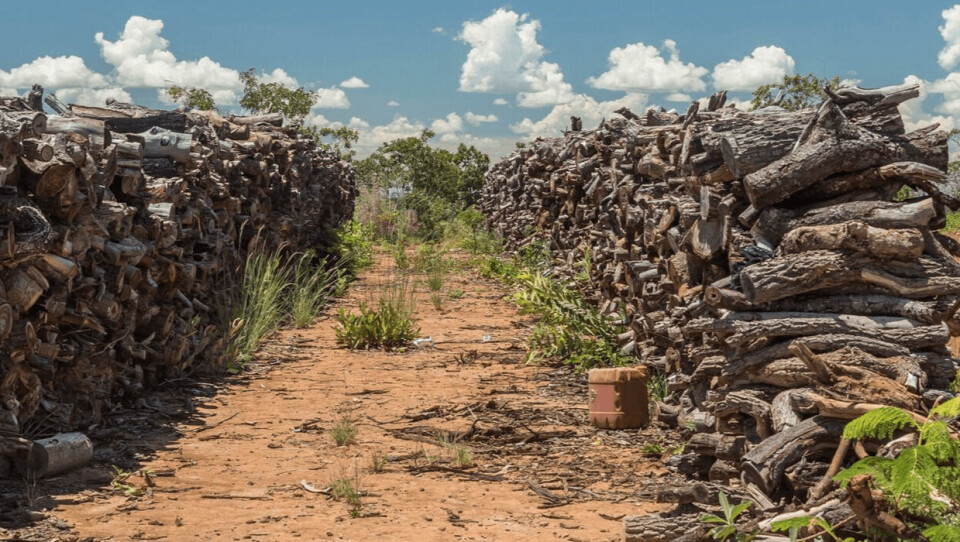
Grieg, Nutreco and Tesco stump up to save forests
Salmon farmer Grieg Seafood, feed producer Nutreco and UK supermarket giant Tesco today became the first companies to contribute to an industry-led initiative that pays Brazilian soy farmers not to cut down forests.
The initiative aims to prevent deforestation in the Cerrado, home to the world’s most biodiverse dry forest and the area where most of Brazilian soy is grown.
The Cerrado spans an area of two million square km (200 million hectares), which is eight times the size of the UK. It is half the size of the Amazon but has double its rate of deforestation.
The new funding aims to support farmers to produce soy only on existing agricultural land and protect the region’s critically important forests and native vegetation.

Carbon emissions
“Deforestation of the Brazilian Cerrado savannah leads to carbon emissions equivalent to 53 million cars annually,” said Grieg Seafood chief executive Andreas Kvame.
“Soy cultivation is a key driver of deforestation in the Cerrado, an area recognised for its biodiversity and agricultural production.
“The Funding for Soy Farmers in the Cerrado Initiative will provide local soy farmers with financial incentives to expand soy cultivation in the Cerrado on existing agricultural areas.
“This will help protect the Cerrado’s forests and other natural habitats beyond what farmers already have to legally conserve under Brazil’s forest regulation.”
80% of land at risk
In the Cerrado, landowners are legally required to conserve just 20%-35% of their forest land. Without financial incentives, this leaves up to 80% of this land at risk of legal deforestation.
At the same time, the Brazilian soy industry can more than double its current soy production without additional deforestation because there are already sufficient cleared agricultural areas suitable for soy cultivation. Many local soybean farmers are positive about growing on existing agricultural land if they receive financial incentives for the move.
“Although the soy we use in our salmon feed is certified and deforestation-free in and of itself, Funding for Soy Farmers in the Cerrado gives us an opportunity to make a greater industry impact further back in our value chain,” said Kvarme.
“The idea behind the initiative is that businesses with Brazilian soy in their value chain can contribute with this funding. We hope many international companies will join us, both in and outside the salmon sector.”
Soy footprint
Companies are being encouraged to contribute to the initiative according to considerations such as the size of their soy footprint. Grieg Seafood will contribute US$2 per tonne of soy the company uses annually in its fish feed for five years. In addition to businesses, foundations and governments are also invited to support the initiative financially.
Nutreco, parent company of aquafeed producer Skretting and animal nutrition supplier Trouw Nutrition, will contribute €1 million over the next five years and Tesco will contribute £10m over the same period.
The ‘Funding for Soy Farmers in the Cerrado’ initiative has invited the Brazilian soy industry to lead the development of a financial mechanism that can distribute the funds in a way that reaches the goal of halting soy-related deforestation of the Cerrado. Preliminary studies show that a total of $250m is needed to reach this goal.























































